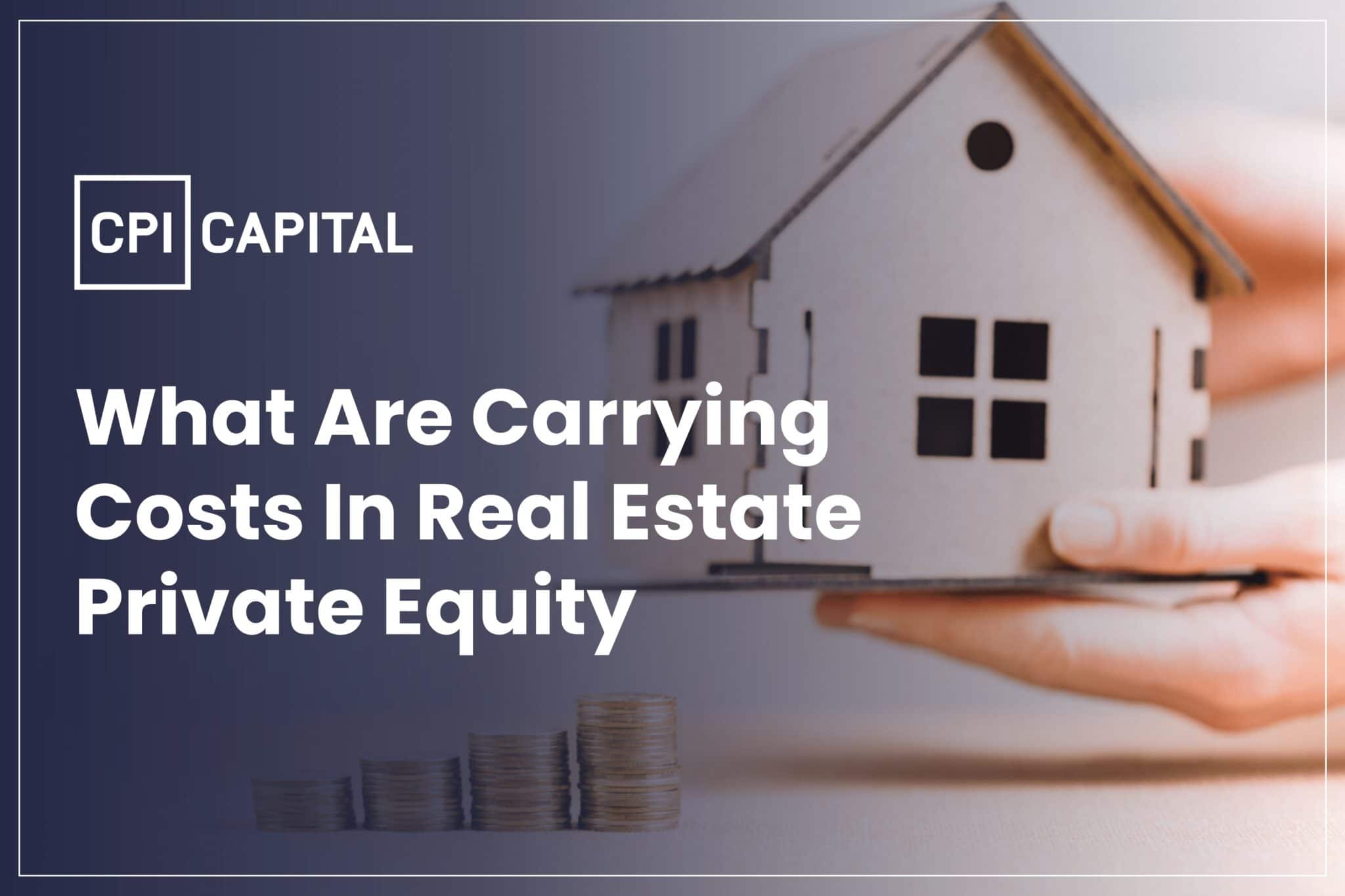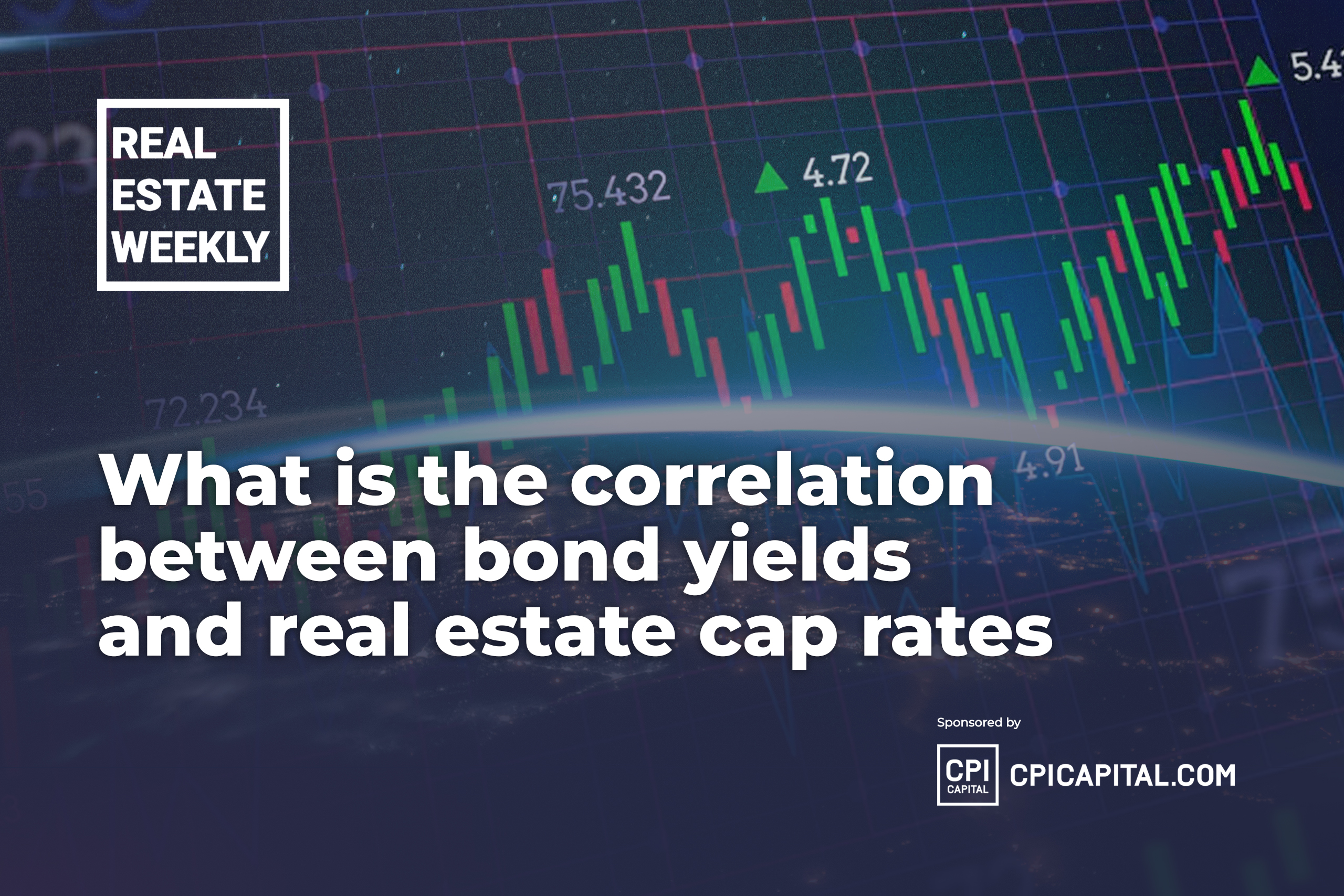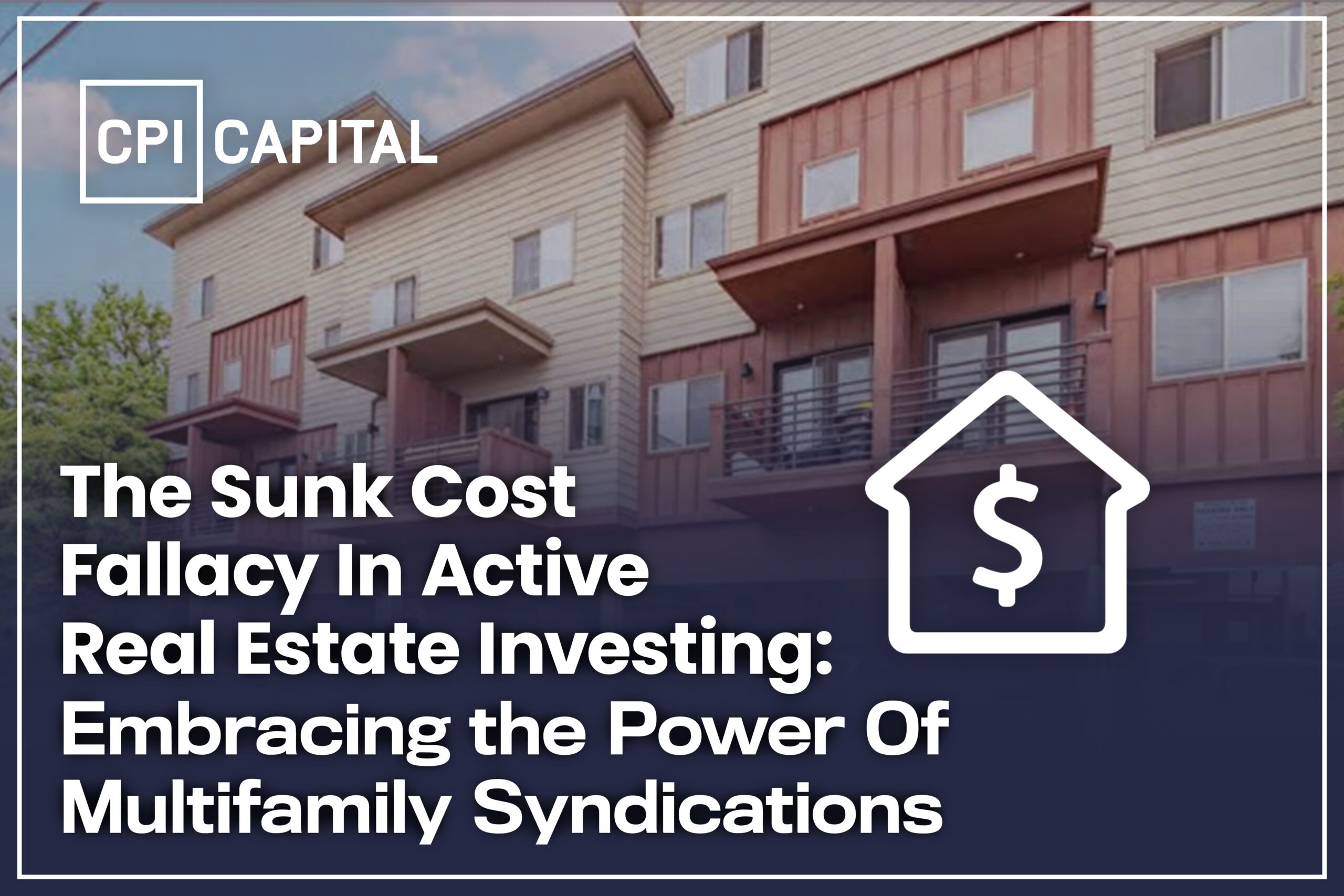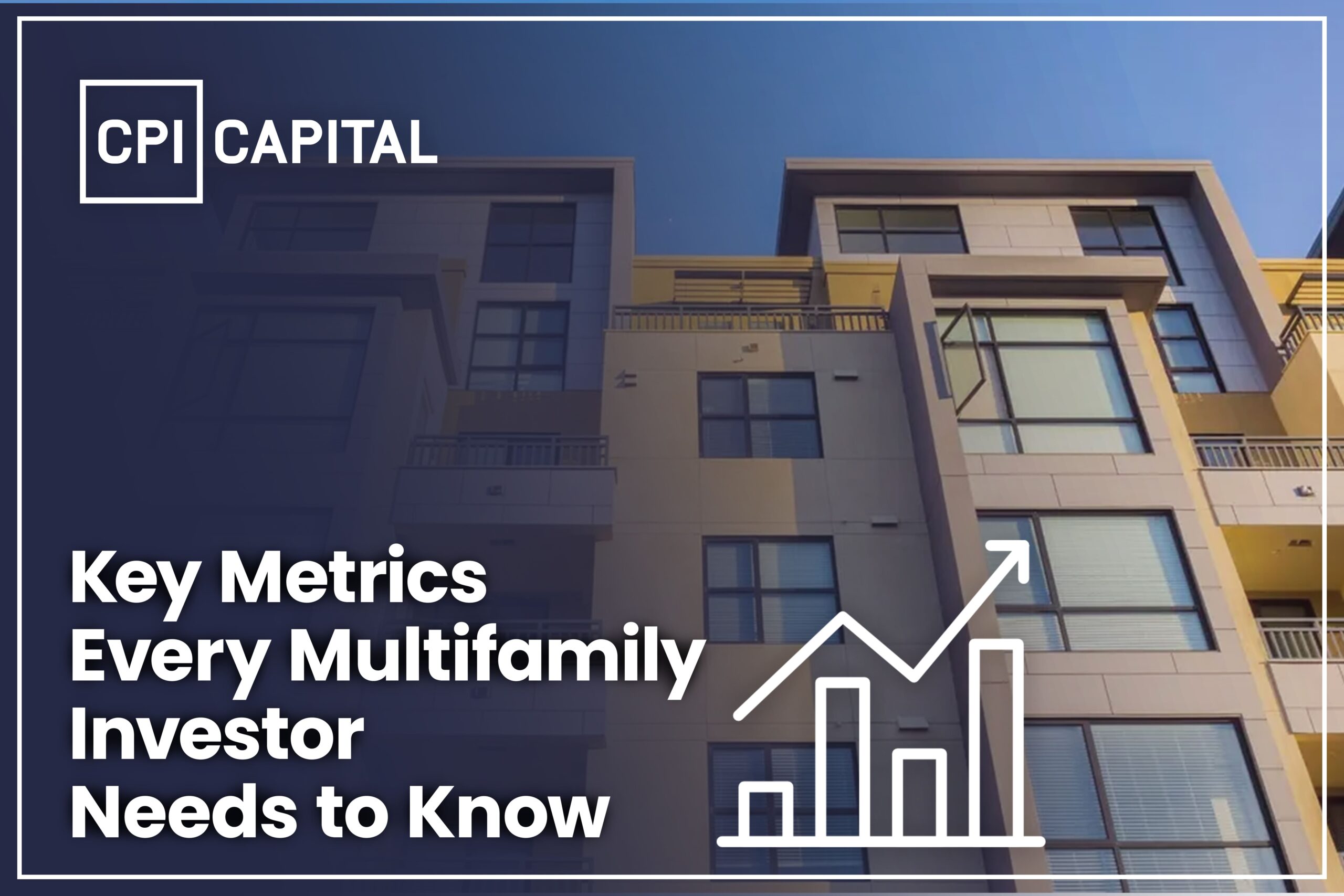
In addition to the direct cost of acquiring a property, such as paying the acquisition price, legal fees, broker’s or professional advisers fees and any related government taxes, there are certain ongoing costs.
In REPE, these costs are sometimes referred to as “carrying costs” or “holding costs” or “operating costs” and may relate to a property either pre- or post-operation. That is they may need to be incurred whether the property is operating and generating cash flow (for example during a renovation or the value-add phase) or post-operation when income is beginning to be received
In any event a property’s carrying costs can be a major component in deriving the net operating income or cash flow of property and, naturally, will have an impact on the capitalised value of the property.
Assessing and projecting such carrying costs and calculating their impact in investment returns is part of the pre-investment due diligence process as, clearly, incorrect estimates of a property’s carrying costs may result in lower than lower than expected investment returns.
What are Carrying Costs?
Unlike other payments involved when properties are being acquired and sold, the incidence of carrying costs is not a one-off event. Such costs can be incurred regularly over the duration of the investment holding period and, accordingly, can have a major impact on the investment returns generated by an asset.
Case-Insensitive
In some cases where the property is to be “flipped” in the short term and the property stays vacant, the carrying costs will be a negative amount to be offset against the sales proceeds not the cashflow
In the three main stages of capital requirements in the life cycle of a commercial REPE investment:
- the first outlay is the purchase amount (equity and debt), which requires a large upfront outlay of capital for the purchase price, financing and associated acquisition cost, ie legal and other professional fees;
- the second relates to the ongoing costs necessary to “carry” the property during the ownership period and involves regular cash outlay;
- the third is when the property is sold and there will be significant capital inflows from the proceeds of the sale.
Main types of carrying costs
The key types of carrying costs are broadly similar for each type of commercial property and are often classified under main headings such as:
- repairs and maintenance (“R&M”): typically includes cleaning common areas, changing broken bulbs or light switches, power washing outdoor areas, painting windows, doors, lift maintenance (by third party), gardening or attending to greenery on site etc.
- capital expenditure (“CAPEX”): during the ownership period some larger expenses may be incurred, albeit on a less frequent basis. Such things may include replacing an air conditioning chiller or a roof or work which enhances the building (in addition to the value add scope of works).
Essentially, all such R&M and CAPEX work is work required designed to keep a property in good operating order and to preserve or enhance its value over time.
- property management: may involve leasing vacant space, marketing expenses to lease such space, including paying broker’s fees, cost of cleaning and security staff and so on
In many cases, these duties are performed by a third-party property management company, who charge property management fees equivalent to a percentage of a property’s gross income. There may also be specialised service contractors engaged for air conditioning systems or lift maintenance work.
In other cases, these tasks are handled by an in-house property management team, which may have cost benefits in the long term, but this has to be assessed as, sometimes, economies of scale by engaging their parties can reduce costs.
- administrative costs: such as for rent recovery, office running expenses such as stationery, common maintenance, common area electricity and water etc.
- property taxes: municipalities, towns and cities charge taxes on buildings for the benefit of using their services such as rubbish removal, street lighting and road maintenance and snow clearance. These taxes are charged on a recurring annual basis and will usually increase over time.
- insurance: the main type of insurance premiums which will need to be paid on an annual or semi-annual basis are:
- building insurance to protect the building against water leakage, flood or structural damage caused by the weather;
- general liability or public liability insurance to protect against financial loss from accidents to building occupants or the general public or events which occur on site or even more specialized policies such as business interruption.
- debt service: as almost all commercial real estate is financed with a loan which has to be repaid to a lender over time, there will invariably be a monthly debt repayment amount. Of course the exact amount of the repayment depends on the amount borrowed, interest rate, closing costs, and loan duration.
Estimating carrying costs
When performing pre-investment due diligence, potential investors in PERE will usually undertake several main methods to assess the carrying costs of building they are looking to acquire, as follows:
-
- by reviewing historical operating statements which will give an indication of past performance and provide a basis for calculating costs. However, obviously costs increase over time and there may be some major expenses on the horizon as the building ages, plus different operators may be able to achieve better operating margins than others
- by analysing the expenses of comparable properties in the immediate area and establishing a normalised range by making an educated estimate of each line item. For example, if it is known that property management fees are usually 3% – 10% of gross income and an operating statement shows significantly a different figure, the final estimate may be brought in line with industry standards.
Why it’s important to mitigate Carrying Costs
As net operating income (“NOI”) is calculated as gross income (“GI”) less operating expenses/carrying costs and commercial property values are based on the amount of NOI produced, clearly the amount of carrying costs can have a material impact on a property’s value.
Estimating the incorrect amount of carrying costs during the due diligence process and underwriting or pro-forma calculations can result in lower than expected return on investment after a property is purchased.
This is so even if the cap rates stays stable as underestimating carrying costs will lead to a lower NOI and hence resulting capital value.
CPI Capital knows that estimating carrying cost accurately requires years of experience gained from doing many deals, as well as the appropriate analytical and forecasting expertise with regard to such costs and NOIs.
Not only this but effective forecasting and identification of areas where such carrying cost can be reduced requires detailed knowledge of local markets and ability to use the necessary software tools to ascertain costs for comparable properties.
Then all our passive investors have to do is collect their regular income distribution or dividend cheques!
Yours sincerely
August Biniaz
CSO, COO, Co-Founder CPI Capital

Ready to build true wealth for your family?
It all starts with passive income. Apply to join the CPI Capital Investor Club.
Search
Recommended

What is the Correlation Between Bond Yields and Real Estate Cap Rates?
Dear valued existing investors and future investors, Welcome to CPI Capital's regular news...

The Sunk Cost Fallacy In Active Real Estate Investing: Embracing The Power of Multifamily Syndications
Dear valued existing investors and future investors, Welcome to this week's CPI Capital's news...

Key Metrics Every Multifamily Investor Needs to Know
Dear valued existing investors and future investors, Welcome once again to this week’s CPI...


